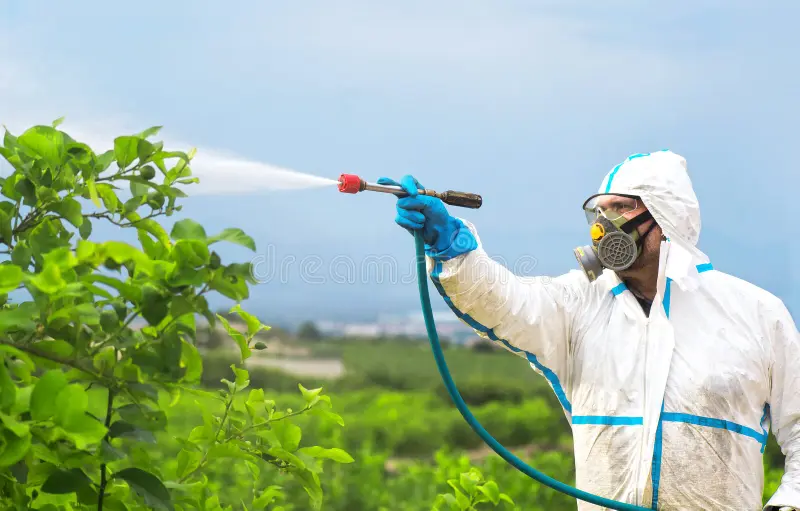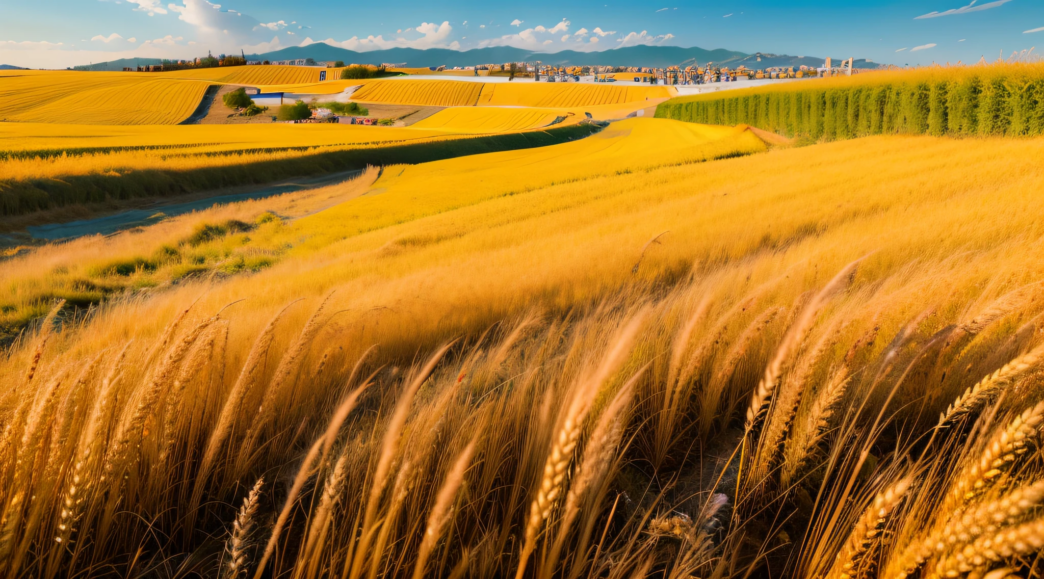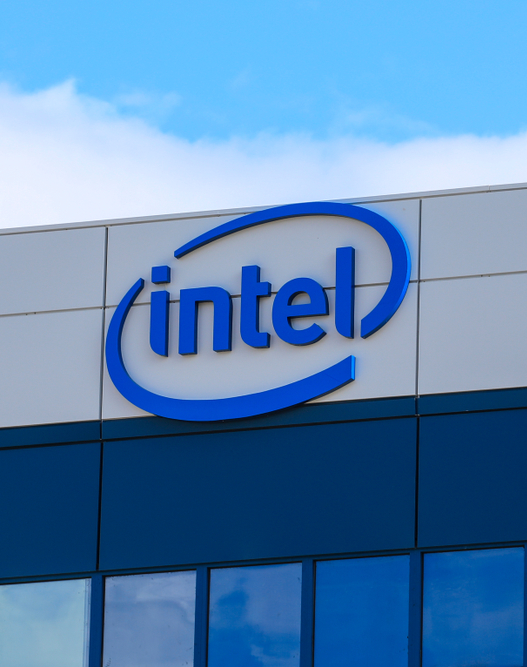Disruptive Innovations in Agriculture Open New Possibilities. Is Brazil Ready?
I recently read an article claiming that Brazilian agriculture is not ready and will never be ready to use disruptive technologies from Silicon Valley. Really?
Let’s explore how disruptive technologies challenge this notion.
Imagine the United States in the 1990s.
Farmers were accustomed to planting, harvesting, and replanting in a well-known cycle, but they constantly faced losses due to pests and unexpected climate changes.
Pest management was a daily challenge, requiring constant pesticide applications. Farmers were always concerned about protecting their crops while simultaneously fearing the impact of chemicals on the soil and environment.
Then came a disruptive technology — genetically modified seeds, developed by a company called Monsanto. The goal was something that sounded almost like magic: to create plants resistant to pests and capable of surviving herbicides.
The idea was for these plants to withstand attacks from the most voracious insects and be cultivated with fewer chemical interventions.
The genetic modification process altered the very DNA structure of the plant, something that, until then, seemed like science fiction. Scientists managed to insert genes into the seeds that made them produce a protein toxic to certain insects but harmless to humans. Additionally, these plants could withstand herbicides that would kill all surrounding weeds but leave the crop intact.

The First to Take the Risk
Initially, few farmers took the risk. It was an expensive and mysterious technology, and many wondered, “Is this safe?” But some bolder farmers, willing to experiment with the new, decided to give it a chance. And that’s when the magic started to happen.
These first GMO crops resisted pests that previously devastated entire plantations and reduced the need for pesticides. Farmers who used these seeds noticed that pest control costs plummeted, and crop productivity began to break records. It didn’t take long for curious neighbors to start visiting these farms to see what was happening.
The Controversy and Challenging the Status Quo
But, as with all disruptive technologies, GMO seeds faced resistance. Environmental organizations, consumer groups, and even some farmers questioned the safety of genetically modified foods. “Is this natural?” and “Are we putting our health at risk?” were common questions. In the United States and Europe, heated debates began, and GMO seeds remain a controversial topic to this day.
However, over time, the technology proved its value in countries like Brazil and Argentina, where farmers dealt with adverse weather conditions and significant pest challenges. In Brazil, for example, GMO seeds brought significant transformations to soybean and corn crops, elevating the country to the status of a major global exporter.
Today, GMO seeds are used in several countries and are present on millions of hectares around the world. They have helped transform agricultural regions where pest resistance and herbicide tolerance became a competitive advantage. Despite the controversies, this technology brought a new way of viewing agriculture and enabled the creation of more productive and resilient varieties.

Read More:
- How Technology is Already Revolutionizing Agriculture in Brazil?
- What is E-agro and How Does the Platform Work for the Rural Sector?
- Vertical Farming: How Does the Agriculture of the Future Work?
The Moral of the Story
The story of GMO seeds teaches us that impactful innovation will always challenge the status quo. As with any revolution, there is skepticism and resistance, but there is also the possibility of significant transformations. Genetically modified seeds came to change the field and, despite facing barriers, opened the doors to modern agriculture.
Just like GMOs and many other technologies face acceptance barriers, this is an irreversible process. As I often say in my talks: Innovation doesn’t ask for permission. It asks for forgiveness.


















